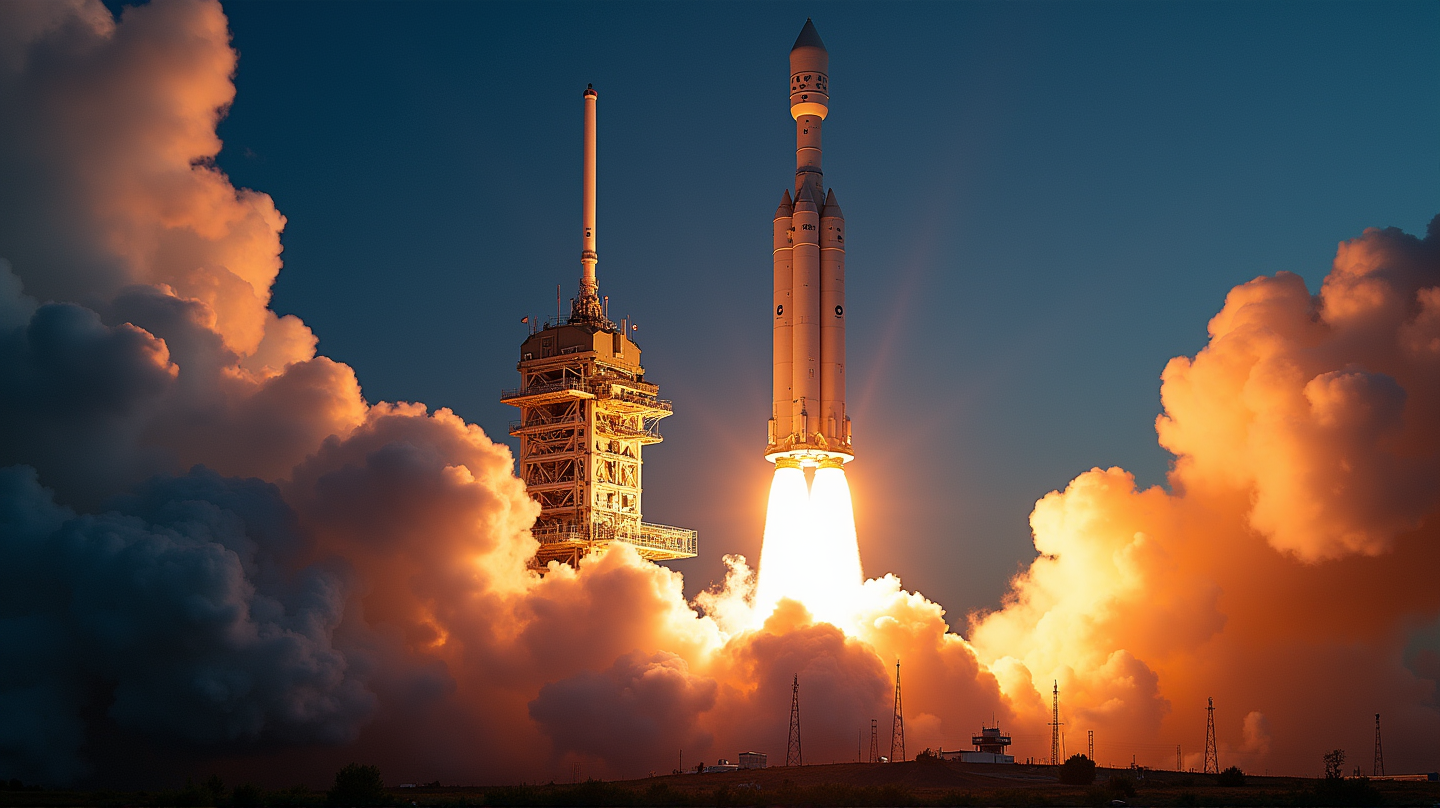Japan Bids Farewell to H-2A Rocket with Climate-Saving Launch
Japan concludes H-2A legacy by deploying the GOSAT-GW satellite to further global warming research. An H3 era begins.

Japan’s aerospace ambitions reached a significant turning point with the final flight of the esteemed H-2A rocket—a vessel that has executed space-bound missions with near-perfect precision since its introduction in 2001. This past Saturday, the Japanese launchpad was bustling with expectation and reverence as Japan’s storied H-2A lifted from the Tanegashima Space Centre, carrying a payload of promise: the GOSAT-GW satellite.
The Dawn of a New Era in Orbit
As the H-2A reached the stars one last time, it also championed the birth of an era focused on environmental vigilance. The Global Observing Satellite for Greenhouse gases and Water cycle (GOSAT-GW) symbolizes a commitment to atmospheric stewardship. This third-series mission aims to scrutinize earthbound greenhouse gases like carbon dioxide and methane—key drivers of global warming.
A Prolific Career Hits the Sunset
The H-2A rocket’s career boasts a staggering 98% success rate over 49 missions. This longevity showcases Japan’s prowess in aviation technology, maintaining a lineage of success that includes noteworthy missions such as the lunar SLIM initiative and the adventurous Hayabusa2 asteroid expedition. Managed under the expertise of Mitsubishi Heavy Industries, H-2A launches have painted a picture of reliability since 2007. Yet, as inaugurations give way to farewells, the focus now shifts towards brighter, more cost-effective futures.
Transition to Cost-Effective Horizons with H3
Marking its end, the H-2A gracefully passed the baton to its successor, the H3 rocket, a model poised to elevate Japan’s status in the competitive global space market. The H3 promises to reduce costs while boosting capacity—a stride towards economic efficiency without compromising on capability. The H3’s journey hasn’t been without its hiccups; however, after a triumphant recuperation from a strenuous debut, it has proven its mettle with a series of four successful launches.
Eyes Set on the Global Canvas
In approximately one year, the GOSAT-GW satellite will begin to channel critical environmental data back to Earth, thanks to its advanced sensors capable of surveying vast swathes of the planet. This critical data will be instrumental in supporting international climate change mitigation strategies. “We’re looking at a vital tool in the global fight against climate change,” explained Takashi Hamazaki, project manager at JAXA, underscoring the satellite’s indispensable role in climate research.
The legacy of the H-2A rocket marks not just a technological journey but the dawn of a meticulous environmental awareness that orbits our shared planetary responsibility. According to Republic World, the transition to the H3 rocket underlines Japan’s aspiration to merge economic savvy with scientific exploration as part of a sustainable global endeavor.

